Facts about Adolf Hitler, grouped into categories such as his early life, rise to power, World War II, ideology, personal life, legacy, and more:
If there’s one name in history that instantly brings up strong emotions — fear, anger, curiosity — it’s Adolf Hitler. Love him? Nope. Hate him? Most definitely. But fascinated by him? Absolutely. Because Hitler’s life is like a dark, twisted movie — full of ambition, hate, propaganda, and destruction. He was a guy who went from being a failed artist to a dictator who almost took over Europe and caused World War II. So, who was this man, and how did he become one of the most infamous figures in world history?
Let’s break it down, human-style. No sugarcoating, just facts, drama, and a story you’ll want to keep reading.
The Early Days: Just a Kid from Austria
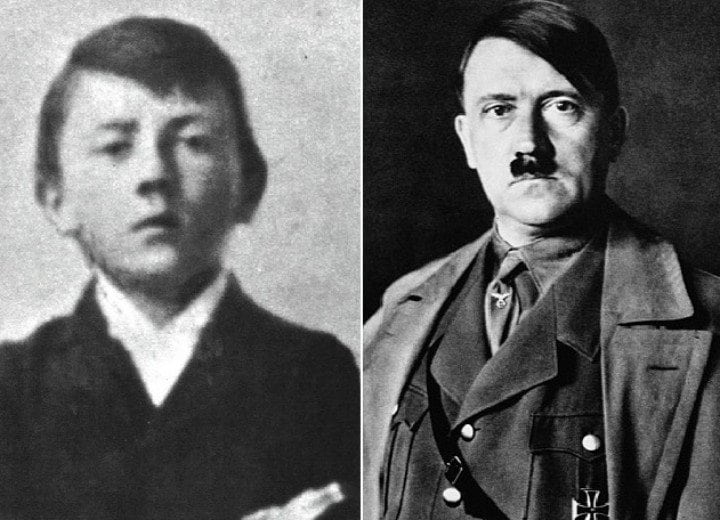
Believe it or not, Hitler wasn’t even German by birth. He was born on April 20, 1889, in Braunau am Inn, a small town in Austria-Hungary (modern-day Austria). His childhood? Kinda rough. His father, Alois, was strict and harsh. His mother, Klara, was gentle and doted on him. Young Adolf wasn’t exactly the “life of the party” — he was moody, quiet, and already had a strong love for German nationalism, even though he wasn’t German yet.
Hitler loved art and wanted to be a painter. He applied to the Academy of Fine Arts Vienna — twice — and got rejected both times. That crushed him. He spent a few years broke, painting postcards, living in shelters, and basically drifting around Vienna, getting bitter and angry.
It was around this time he developed anti-Semitic views. Vienna was a hotbed of racism and extreme politics, and Hitler soaked it all in like a sponge. Not a good combo.
World War I: The Soldier Years
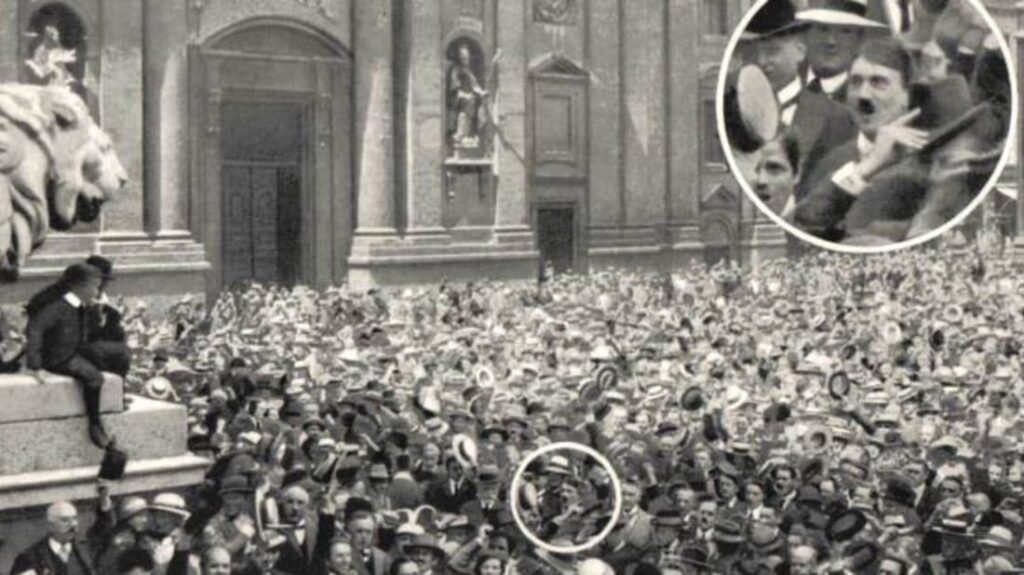
When World War I broke out in 1914, Hitler saw it as a chance to prove himself. He joined the German Army (even though he was still Austrian), and honestly, this was one of the few times in his life he seemed content. He served as a messenger, got injured, and was awarded medals for bravery.
But Germany lost the war in 1918. And that really messed him up. Like many others, he couldn’t accept the defeat. He blamed Jews, communists, and traitors — not the military strategy or politics. This whole “stab-in-the-back” theory would later become a core part of his twisted ideology.
Enter Hitler the Politician
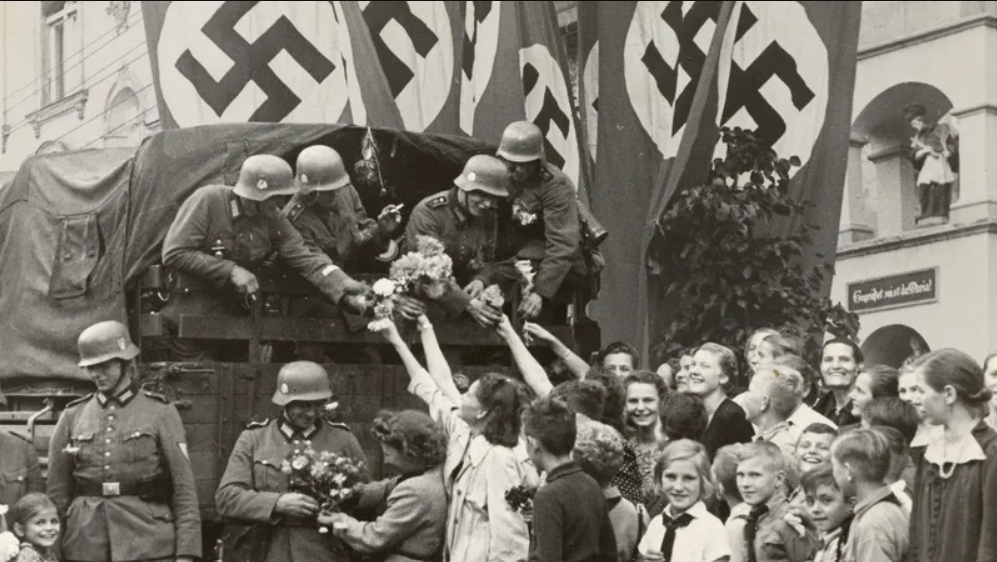
After the war, Hitler didn’t want to go back to painting or regular life. Instead, he joined a small right-wing group called the German Workers’ Party, which later became the Nazi Party. And guess what? The guy had a talent for speeches. He could talk for hours, stir up emotions, and make people believe he had all the answers to Germany’s problems.
In 1923, he tried to overthrow the government in what’s known as the Beer Hall Putsch in Munich. It failed, and he was thrown in jail. But plot twist — that jail time gave him the perfect space to write his infamous book, Mein Kampf (“My Struggle”), where he laid out all his twisted beliefs about race, politics, and the future of Germany.
Spoiler: it’s not a feel-good read.
The Rise to Power
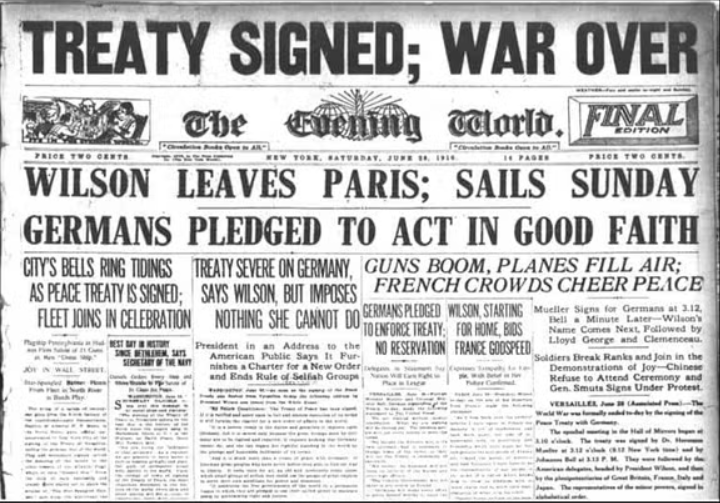
Germany in the 1920s and early 1930s was in a mess. The economy was broken, inflation was insane, people were starving, and the Treaty of Versailles (which ended WWI) had humiliated the country. People were desperate — and desperate people are willing to listen to anyone who promises change.
Enter Hitler, stage right.
By 1933, thanks to a mix of legal moves, propaganda, and fear tactics, Hitler was appointed Chancellor of Germany. Shortly after, he consolidated power and made himself dictator. Democracy? Gone. Opposition? Crushed. Censorship? Full blast.
He called his new regime the Third Reich — an empire he claimed would last a thousand years. (Spoiler again: it didn’t.)
The Nazi Ideology: Dangerous and Deadly
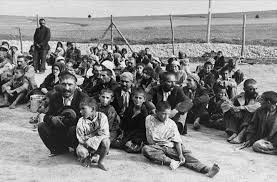
At the heart of Hitler’s rule was an evil idea: that the Aryan race (blond hair, blue eyes, etc.) was superior, and everyone else — especially Jews, Roma, disabled people, Slavs, and others — were “inferior.” It wasn’t just talk. It turned into laws, persecution, and eventually, mass murder.
He created the Gestapo (secret police), passed Nuremberg Laws (stripping Jews of rights), and turned Germany into a one-party, totalitarian state.
He also started preparing for war, building up the army and making alliances with fascist leaders like Mussolini in Italy and Hirohito in Japan.
World War II: A Global Nightmare
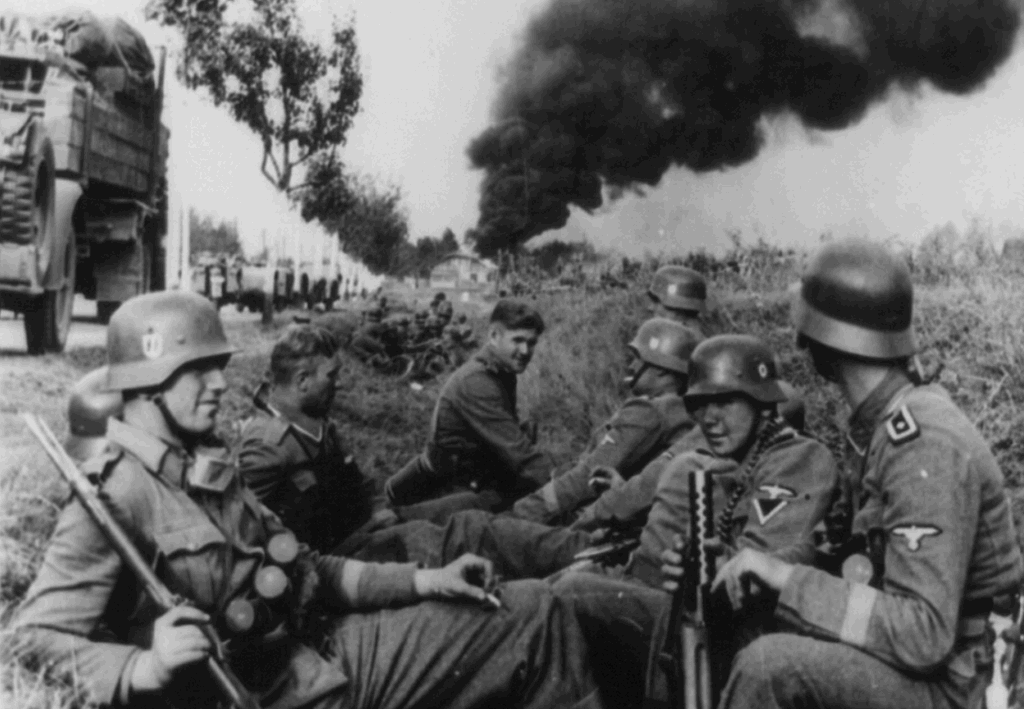
In 1939, Hitler invaded Poland, and boom — World War II began.
One by one, countries fell: France, Belgium, Norway, Denmark. Even Britain was under heavy bombing in the Blitz. Hitler seemed unstoppable.
But then, in 1941, he made a fatal mistake — invading the Soviet Union. Brutal winters, stretched supply lines, and fierce Soviet resistance turned things ugly for the Nazis.
Meanwhile, the world learned about the true horrors of the Holocaust — Hitler’s systematic plan to exterminate the Jews. Over 6 million Jews were murdered in gas chambers, ghettos, mass shootings, and death camps like Auschwitz. It remains one of the darkest chapters in human history.
The Fall of the Führer
By 1944, the tide was turning. The Allies (Britain, the US, Soviet Union, and others) were pushing back hard. Hitler became increasingly paranoid, isolated in his bunker under Berlin, barking orders that made no sense.
On April 30, 1945, with Soviet forces closing in, Hitler shot himself in his bunker. His long-time partner Eva Braun took poison with him. Just like that, the man who had terrorized the world was gone.
Germany surrendered days later, and World War II ended in Europe.
The Aftermath: A Wound That Still Hurts
After the war, the world came face to face with the full scale of Hitler’s evil. Photos and footage from concentration camps shocked humanity. Trials like the Nuremberg Trials held top Nazi leaders accountable for war crimes.
To this day, Hitler’s name is synonymous with hate, genocide, and dictatorship. Schools study him not to glorify him, but to understand how dangerous ideology, fear, and unchecked power can be.
Final Thoughts: Lessons from a Dictator
So, why do we still talk about Adolf Hitler nearly 80 years after his death?
Because he’s a warning. A real-life reminder of how one man’s hate-filled vision can drag the entire world into chaos. He used propaganda, fear, lies, and nationalism to rise to power — and he destroyed millions of lives in the process.
But his story also teaches us the importance of:
- Critical thinking
- Freedom of speech
- Standing up to hate
- And never being silent when something feels wrong
History doesn’t repeat itself exactly, but it rhymes — and knowing Hitler’s story helps us make sure those rhymes don’t turn into disasters.



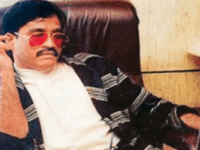


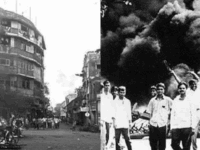
















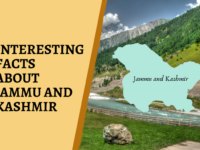
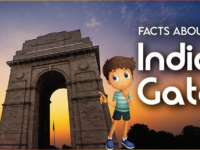




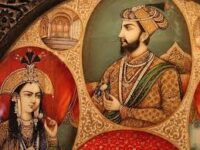










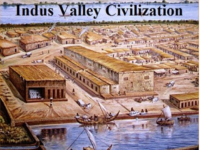
























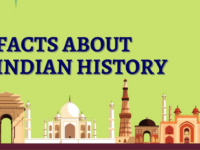









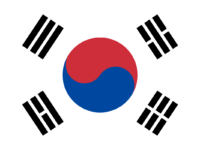











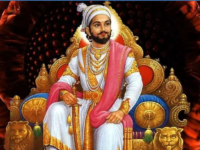
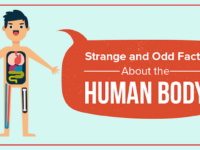





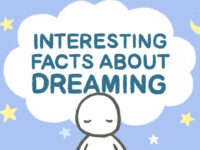


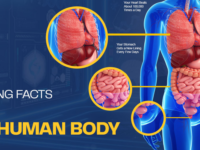





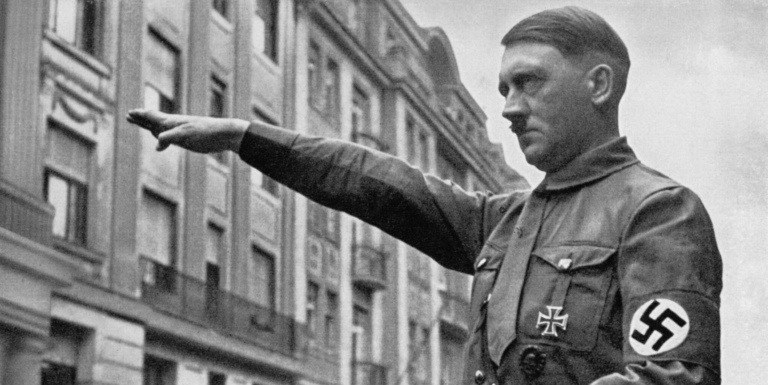
0 Comments